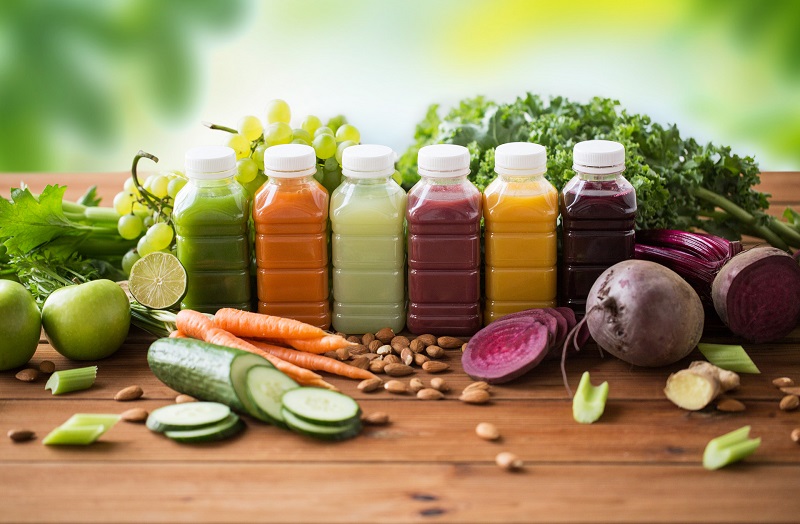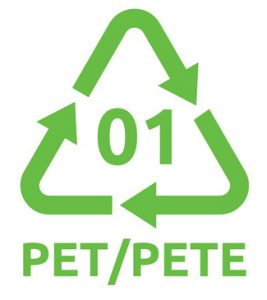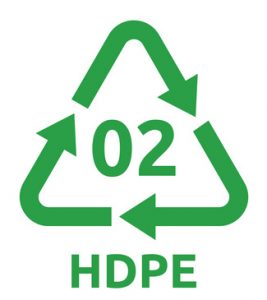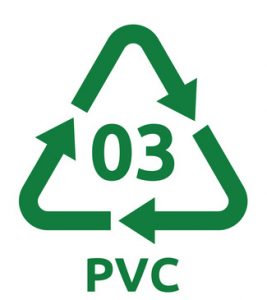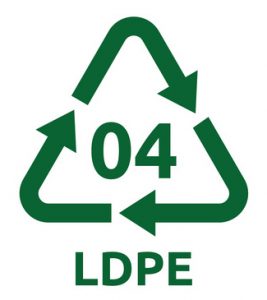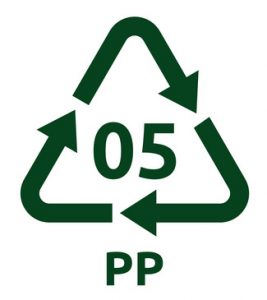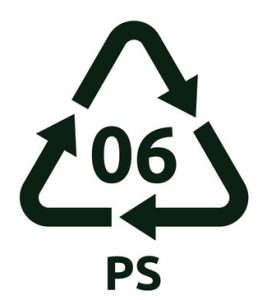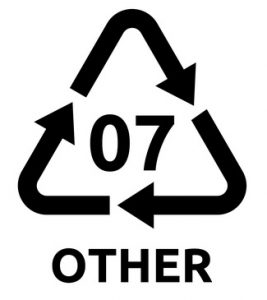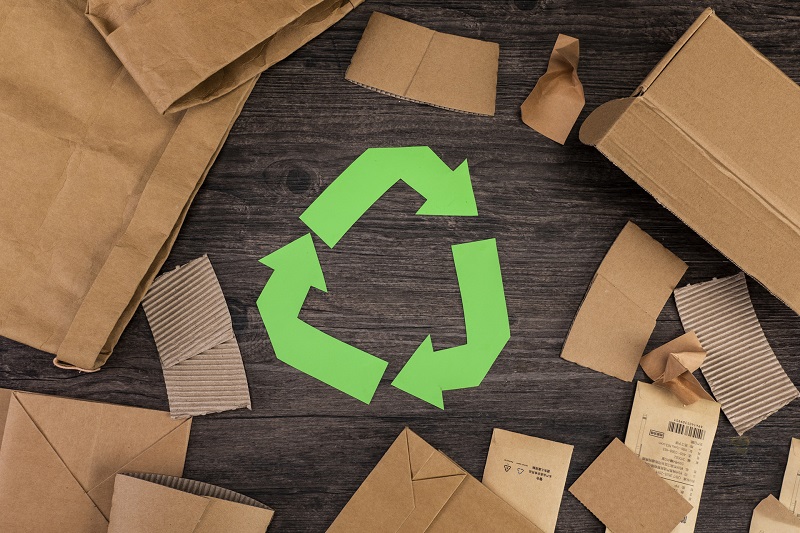The ocean shipping procedure of U.S. imports bottle jar from China
In cross-border trade, there will be imports and exports of goods. American importers who want to import Chinese goods into the United States have to arrange international transportation.
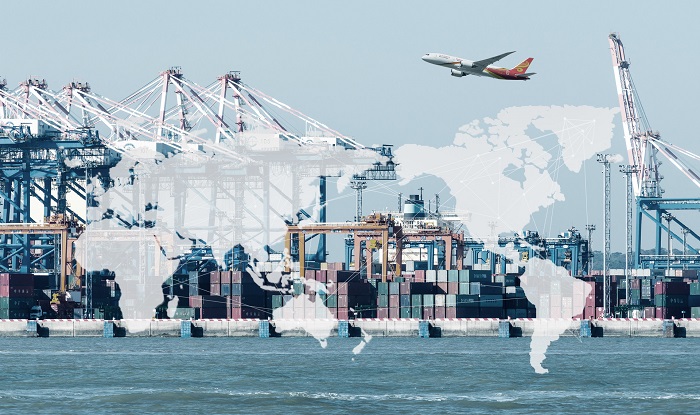
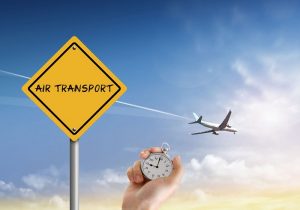 Transnational transportation:
Transnational transportation:
Air or sea transportation can be arranged. This depends on the quantity and weight of the goods. The sea transportation cycle is long, but the transportation price is relatively low. The air transportation cycle is short, but the price is more expensive. It should be selected according to different needs.
Container introduction: International ocean shipment is carried out through containers, which are generally divided into three types of containers: 20GP, 40GP, and 40HQ. The space they hold is also different, 20gp can hold 28cbm of goods, 40gp can hold 58cbm of goods, and 40hq can hold 65cbm of goods. If goods capacity is less than 20cbm, you can choose to ship with friends who have common needs; the cost can be understood as the AA shared type, which is what we usually call shipped out in bulk.
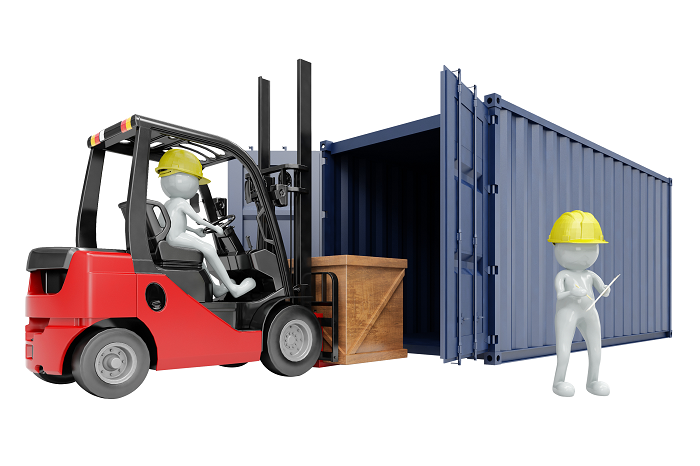
So if you want to import a batch of goods from China to the United States, you need to understand what processes, what qualifications are required, and what you need to pay attention to.
Next, I will tell you about the knowledge:
1. Confirm the trade terms and US importers’ receipts
The shipper firstly confirms the purchased goods, confirms the trade contract with the Chinese supplier and confirms what the trade terms are. Common trade terms are EXW and FOB.
EXW means that the Chinese factory only takes care of the delivery and does not arrange the ocean transportation. The consignee needs to arrange the import transportation and customs declaration,
FOB means that the Chinese factory will deliver the goods to the warehouse in China designated by the American importer, and the domestic consignee’s freight forwarder will arrange vessel booking and custom application.
2. Declaring ISF and AMS
What is ISF?
ISF declaration is the abbreviation of Importer Security Filing, namely “import security declaration”, also called anti-terrorism declaration. It is a requirement of the U.S. Customs for U.S. importers. This is a thing created by the U.S. Customs and Border Protection (CBP) to strengthen U.S. security after the “911 incident”. This is unique to the U.S. A declaration whose purpose is to improve safety supervision.
ISF declaration method: ISF declaration can be declared by the seller or the buyer. If the buyer declares on behalf of the buyer, then the buyer needs to declare through the freight forwarder, and the consignee needs to sign the POA authorization letter with the US agent of the freight forwarder. The freight forwarder will send the US agent information to the consignee, and will also notify the agent that it will also actively contact the consignee, and only after the POA is signed, the goods can be shipped from the port of departure.
ISF penalty: a fine of five thousand US dollars normally.
ISF declaration time limit: The electronic declaration data must be sent to the U.S. customs through the AMS or ABI system 24 hours before the goods are loaded on the ship. In terms of ISF declaration operations, importers can entrust their trusted overseas agents to declare on their behalf.
AMS declaration
AMS is the abbreviation of the American Warehouse Receipt System.
During the transaction process, they need to be reported to the U.S. Customs through the AMS system.
The simple distinction is: AMS declarations are mainly the information in the bill of lading, and freight forwarders are more controllable during declarations.
The ISF declaration is mainly an entity in the supply chain. Part of the information is in the buyer and part of the information is in the seller, so the buyer usually declares.
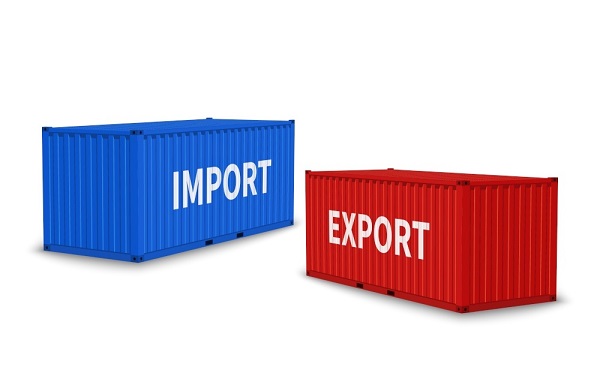
3. The import operation process is detailed as follows:
1). Obtain the necessary documents.
The shipper provides the bill of lading, invoice and packing list of the goods of foreign customers, and if necessary, a non-wood packaging certificate or fumigation certificate is required. Provide import documents including contract (general trade) to freight forwarder after receipt.
2). Document exchanges
Freight forwarder checks out the cargo carrier, shipping agent and place of document exchanges. And take the bill of lading to the shipping company to exchange the bill of lading. then contact the station and confirm the cost of carrying the container, the cost of removing the container, the cost of loading, and the return fee.
3). import commodity inspection
Through the customs commodity code book can confirm whether the goods need commodity inspection. Imported goods that need to be inspected in advance must go to the Commodity Inspection Bureau for commodity inspection. Commodity inspection also needs to be carried out as soon as possible, generally after the commodity inspection.
4). Import customs clearance
Forwarders make correct declaration data based on the customs declaration data provided by the shipper and the container number and seal provided by the yard or trailer. The declaration materials include: invoice, packing list, bill of lading returned from shipping company, customs declaration letter of attorney, import goods declaration form, commodity inspection, animal and plant inspection, etc.
5). Clearance by customs
Hand over the duty payment slip to the freight forwarder, and the freight forwarder will contact the customs for clearance. That is, one time release.
6). Picking up the container
After completing the deposit with the documents and materials and authorized by the shipping agent management department, go to the import container post to go through the procedures for picking up the container, receive the container equipment handover form, and check whether the content is correct. After the consignee has unpacked the imported goods, the empty container will be returned to the return location. After the empty container is returned to the yard, the consignee must promptly present the pledge voucher to go to the container management department to settle the container fee.
7). Delivery
The freight forwarder or the consignee should contact the trailer to pick up the goods at the shipping agency’s wharf and station with the documents and information. The mortgager goes to the container management department to handle the container mortgage settlement procedures.
Founded in 2011, Canvard Packaging has 10 years of export experience and can assist customers in safely completing international transportation processes.
Welcome to share your comment
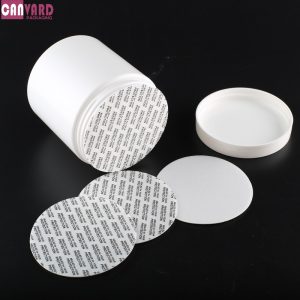 Ⅰ. Product description:
Ⅰ. Product description: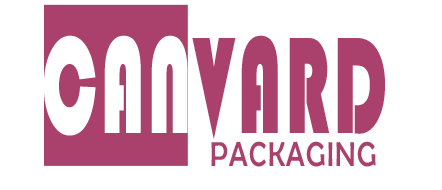

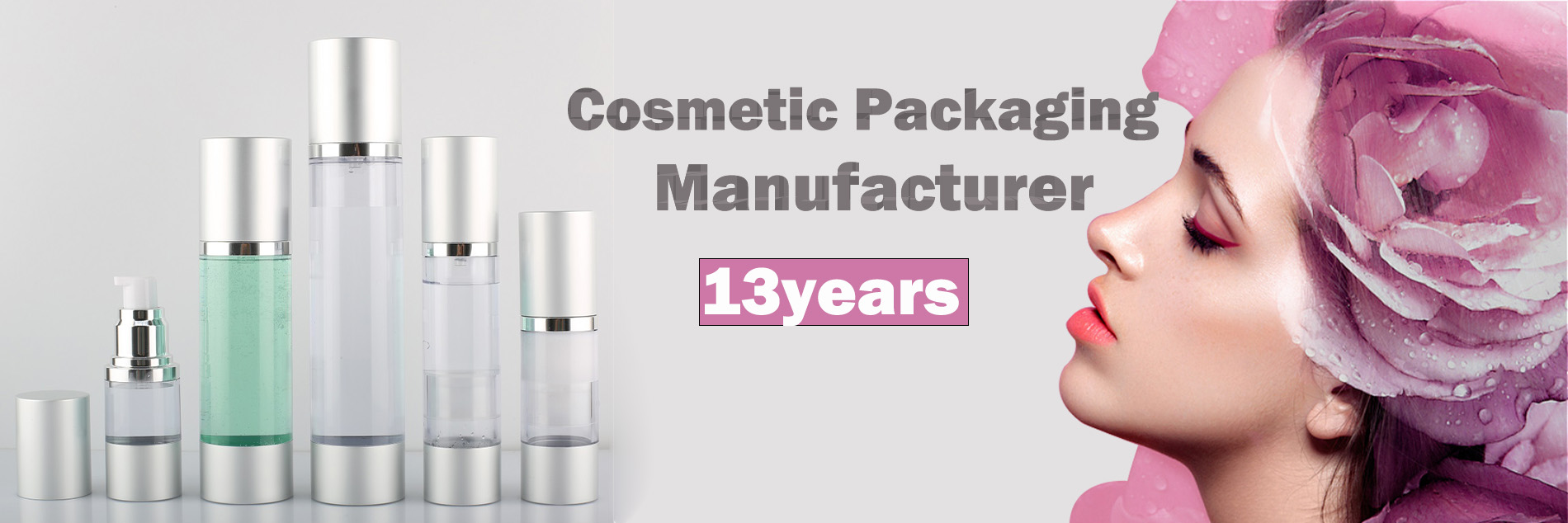
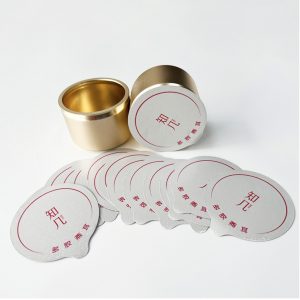
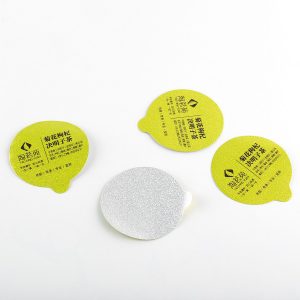 Seal foil is widely used in PET, PE, PP, PVC, PS, ABS, metal, aluminum and glass bottles containers.
Seal foil is widely used in PET, PE, PP, PVC, PS, ABS, metal, aluminum and glass bottles containers.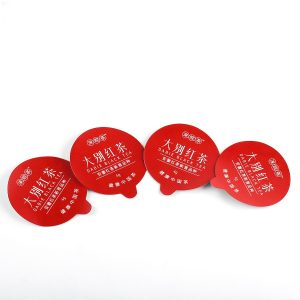 Machines required for pressure-sensitive foil sealing gasket:
Machines required for pressure-sensitive foil sealing gasket: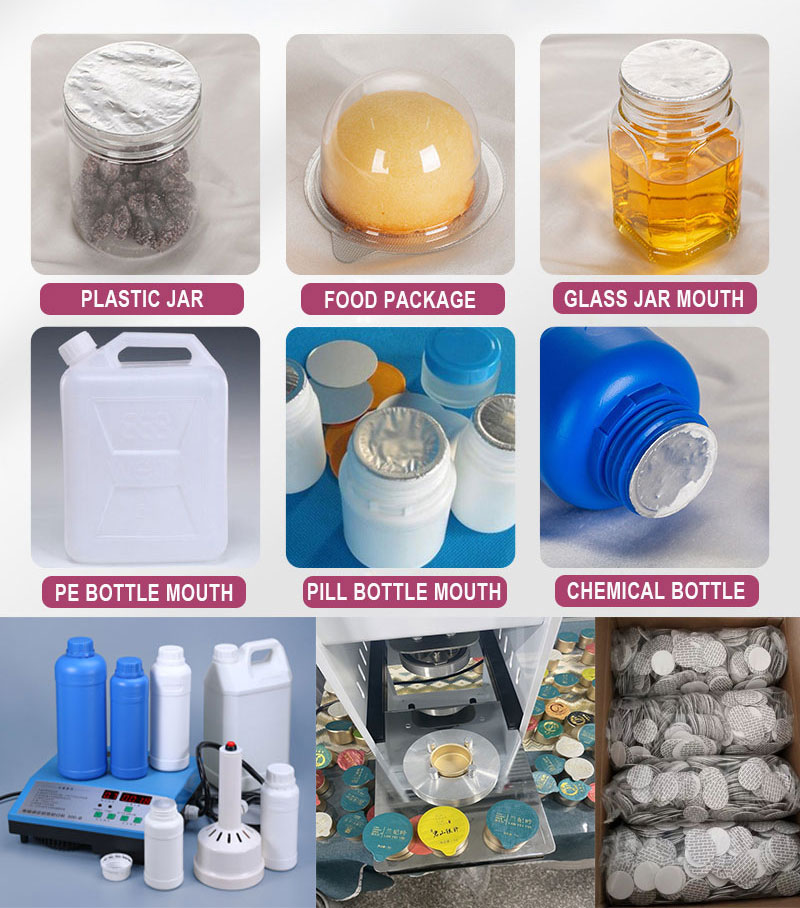
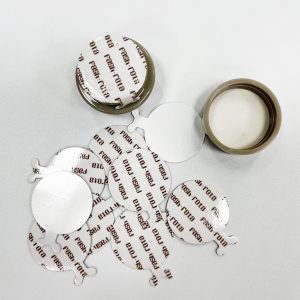 Electromagnetic induction aluminum foil sealing machine is widely used in the sealing of containers of medicines, liquid medicines, spices, detergents, milk, beverages, food, chemical products, etc., and plays the role of sealing, anti-counterfeiting and anti-theft. The equipment uses the principle of electromagnetic induction to instantly generate high temperature on the aluminum foil on the bottle mouth, and then fuse the aluminum foil on the bottle mouth to achieve the function of sealing. It has good moisture-proof, mildew-proof and anti-counterfeiting effects, thereby prolonging the storage time of items.
Electromagnetic induction aluminum foil sealing machine is widely used in the sealing of containers of medicines, liquid medicines, spices, detergents, milk, beverages, food, chemical products, etc., and plays the role of sealing, anti-counterfeiting and anti-theft. The equipment uses the principle of electromagnetic induction to instantly generate high temperature on the aluminum foil on the bottle mouth, and then fuse the aluminum foil on the bottle mouth to achieve the function of sealing. It has good moisture-proof, mildew-proof and anti-counterfeiting effects, thereby prolonging the storage time of items.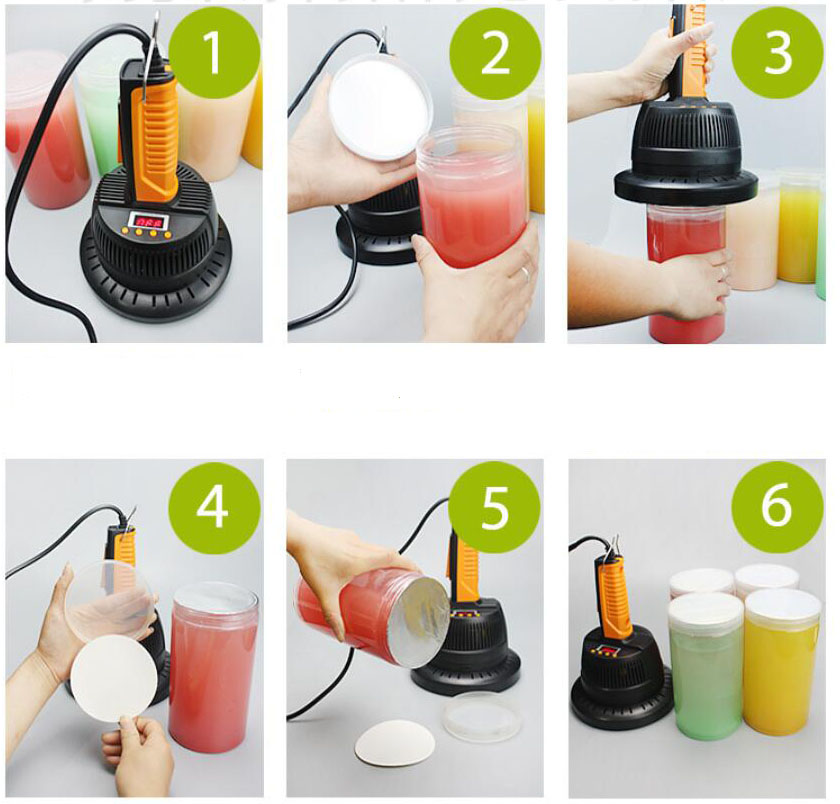 2, Principle.
2, Principle.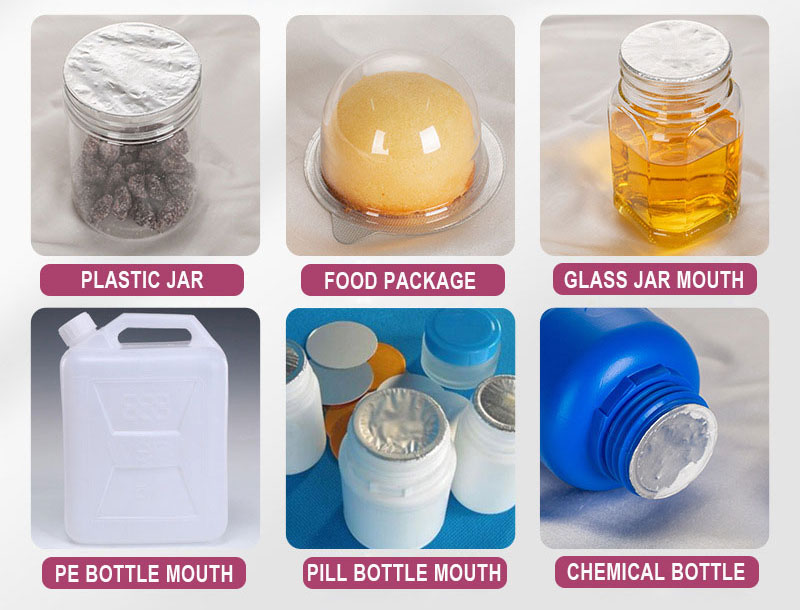
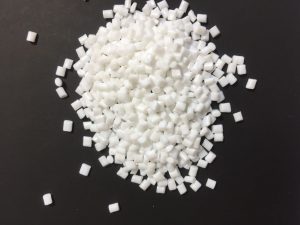

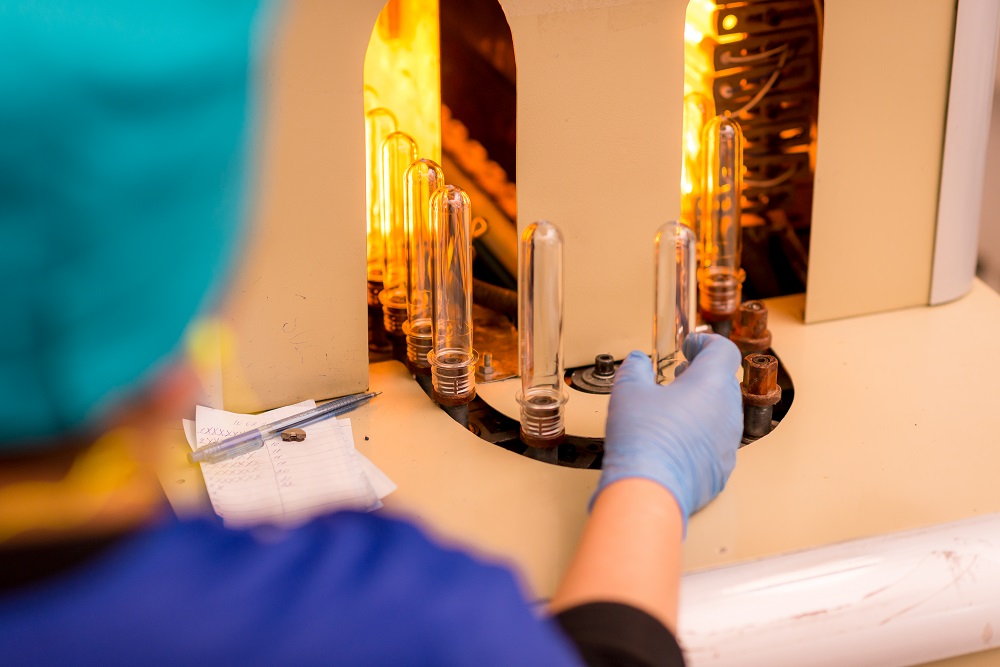
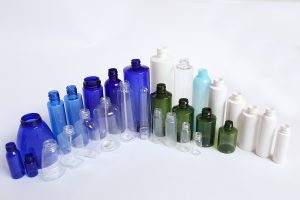
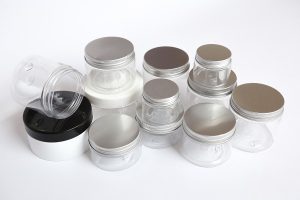

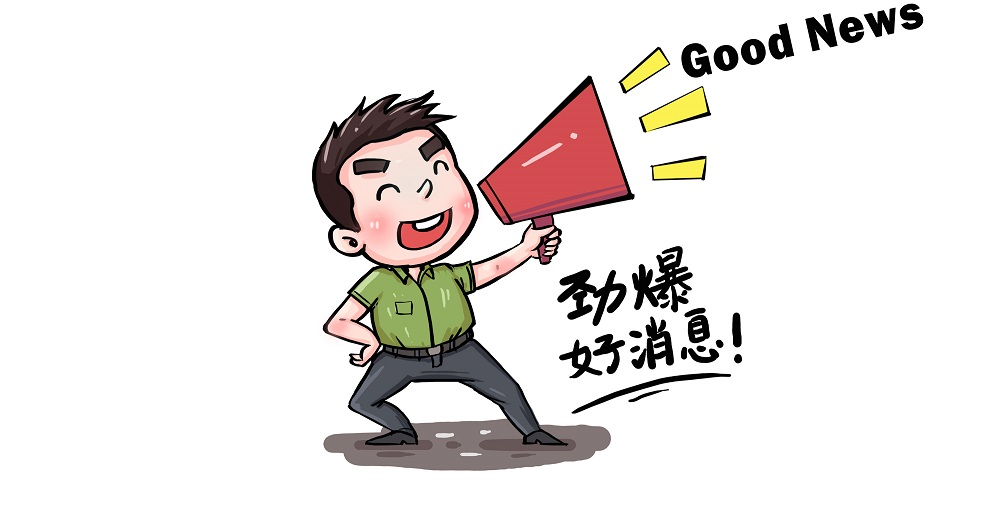
.jpg)
.jpg) On November 29, the newly-built Guangzhou Nansha Port Railway completed the replacement of the main line with long track, laying a solid foundation to ensure the opening of freight at the end of the year and the subsequent passenger transport conditions.
On November 29, the newly-built Guangzhou Nansha Port Railway completed the replacement of the main line with long track, laying a solid foundation to ensure the opening of freight at the end of the year and the subsequent passenger transport conditions. Transnational transportation:
Transnational transportation: 

